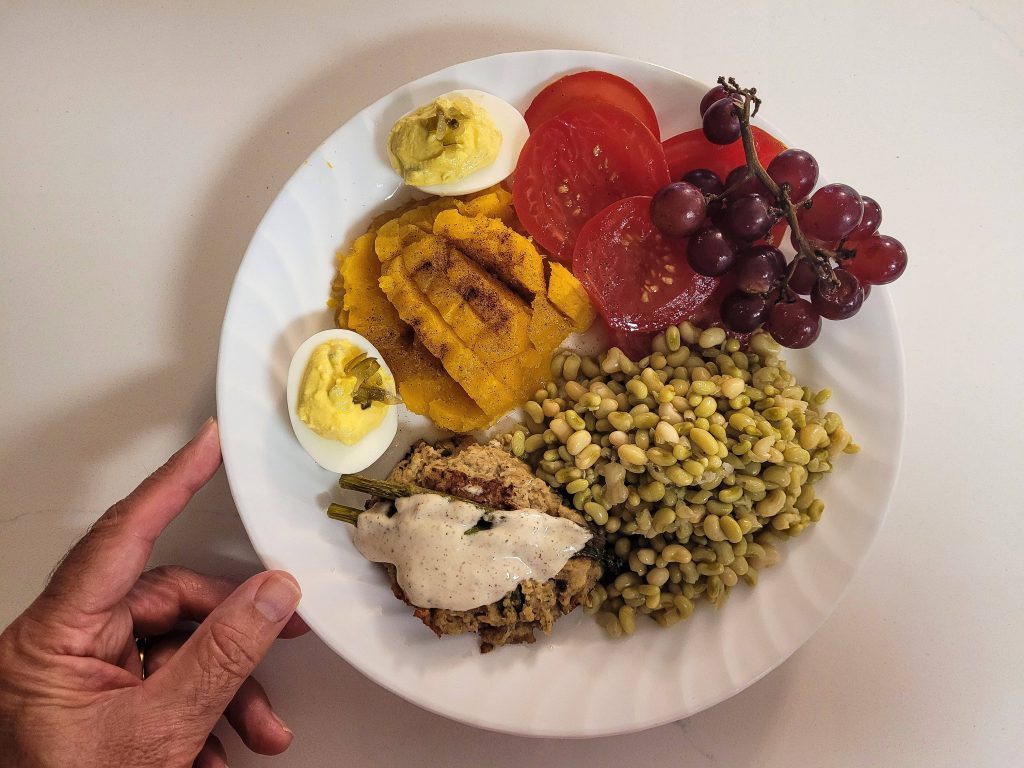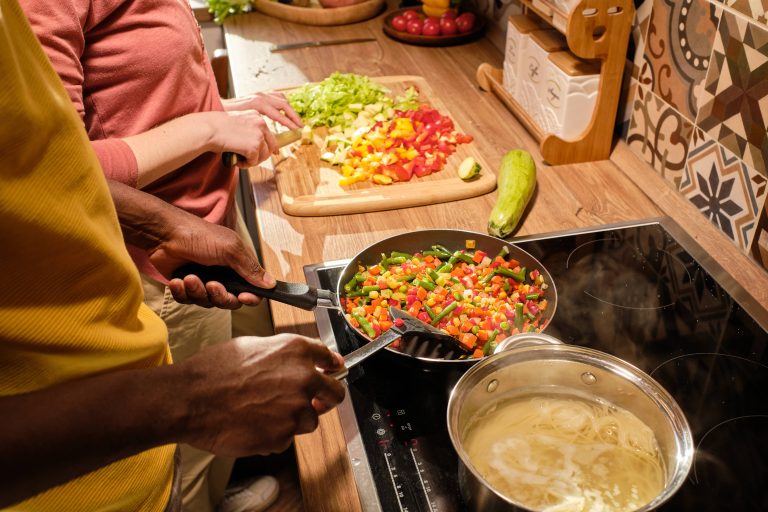
As the cooler seasons approach, there’s nothing quite as comforting as a warm bowl of soup or stew. Not only do these dishes warm the soul, but they also provide a fantastic opportunity to pack your meals with nutrition. Creating soups and stews from scratch offers the flexibility to control every ingredient, ensuring your dish is as healthy as it is delicious. In this blog post, we’ll dive into the art of making nutritious soups and stews from scratch, explore creative ways to maximize their nutritional value, and share some tips for meal prepping these hearty dishes.
The Nutritional Power of Homemade Soups and Stews
Why make soup and stew from scratch? The main reason is control. Many store-bought soups are laden with excess sodium, preservatives, and unhealthy fats. By making these dishes from scratch, you can ensure they’re packed with real, wholesome ingredients that nurture your body. Soups and stews can be nutritional powerhouses, offering a perfect balance of proteins, carbohydrates, vitamins, and minerals.
Choosing Your Ingredients
The foundation of any nutritious soup or stew is quality ingredients. Here’s a rundown of components you should consider:
1. Broth or Stock:
– A good broth or stock is the cornerstone of flavor. Opt for low-sodium chicken, beef, or vegetable broth. Better yet, you can make your own by simmering bones and vegetable scraps for several hours—an excellent way to reduce food waste while enriching your meal.
2. Vegetables:
– Vegetables are the life of any soup or stew. Incorporate a rainbow of options to ensure a diverse array of nutrients. Consider hearty choices like carrots, celery, onions, tomatoes, bell peppers, and leafy greens, which add texture, flavor, and a wealth of vitamins and minerals.
3. Proteins:
– Lean meats, beans, or lentils can make your stew or soup more filling and nutritious. Chicken, turkey, and fish are excellent choices for lean protein, while chickpeas, black beans, and lentils provide plant-based protein and fiber.
4. Herbs and Spices:
– Boost the flavor profile and health benefits by using fresh herbs and spices. Garlic, ginger, cumin, turmeric, parsley, and thyme not only enhance taste but also provide anti-inflammatory and antioxidant properties.
5. Whole Grains:
– Whole grains like brown rice, quinoa, or barley can make your soup heartier and more satisfying, adding essential fiber and nutrients.
Planning Your Soup or Stew
When planning your dish, think about the specific nutrition goals you wish to achieve. Want more fiber? Add beans or lentils. Looking for more vitamins? Go heavy on leafy greens and a variety of vegetables.
Basic Technique for Soup and Stew
1. Sauté Aromatics:
– Start by sautéing onions, garlic, and any other desired aromatics. This step builds the base flavor of your dish. Use a healthy oil, such as olive oil, for added healthy fats.
2. Layer Ingredients:
– Gradually add your vegetables starting with the ones that take longer to cook, like carrots and root vegetables. This ensures even cooking and texture.
3. Choose a Cooking Method:
– You can use a stovetop, slow cooker, or Instant Pot, depending on your schedule and desired depth of flavor. A slow cooker or simmering on the stovetop for several hours allows flavors to meld beautifully, while an Instant Pot can achieve results quickly when you’re short on time.
4. Add Herbs and Spices:
– As the soup or stew cooks, don’t be shy about tasting and adjusting the flavors with herbs and spices. Remember, some herbs like parsley or basil are best added towards the end of cooking to preserve their vibrant flavor and nutrients.
5. Finish with Freshness:
– Incorporate fresh herbs, a squeeze of lemon, or a dash of vinegar before serving. These finishing touches can brighten flavors and add complexity to the dish.
Meal Prepping Soups and Stews
Soups and stews are perfect for meal prep because they store and reheat well. Here are some tips:
– Batch Cooking:
– Prepare large batches and store them in individual portions that you can easily reheat throughout the week.
– Freezing Tips:
– Soups and stews freeze exceptionally well. Pour your cooled dish into freezer-safe containers, leaving space for expansion. Label them with the date and ingredients for easy retrieval.
– Reviving and Serving:
– When reheating, you may need to add a little water or broth as they can thicken in the fridge or freezer. Top with freshly chopped herbs to revive flavors.
Delicious Recipes to Try
1. Hearty Vegetable and Quinoa Stew:
– Packed with nutrient-rich vegetables and protein-filled quinoa, this stew is a complete meal in a bowl.
2. Chicken and Lentil Soup:
– Adding lean chicken and fiber-rich lentils to a classic soup base offers a perfect balance of nutrition and flavor.
3. Curried Butternut Squash Soup:
– Using coconut milk and curry powder turns butternut squash into a creamy, aromatic delight.
By creating soups and stews from scratch, you not only control the nutritional value but also embrace creativity and flavor in your cooking. These dishes celebrate simplicity, nourish the body, and tantalize the taste buds, making them a staple in any healthy diet. Enjoy the process of experimenting with flavors, and turn your soups and stews into delightful expressions of nutritious living!










